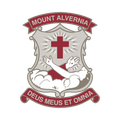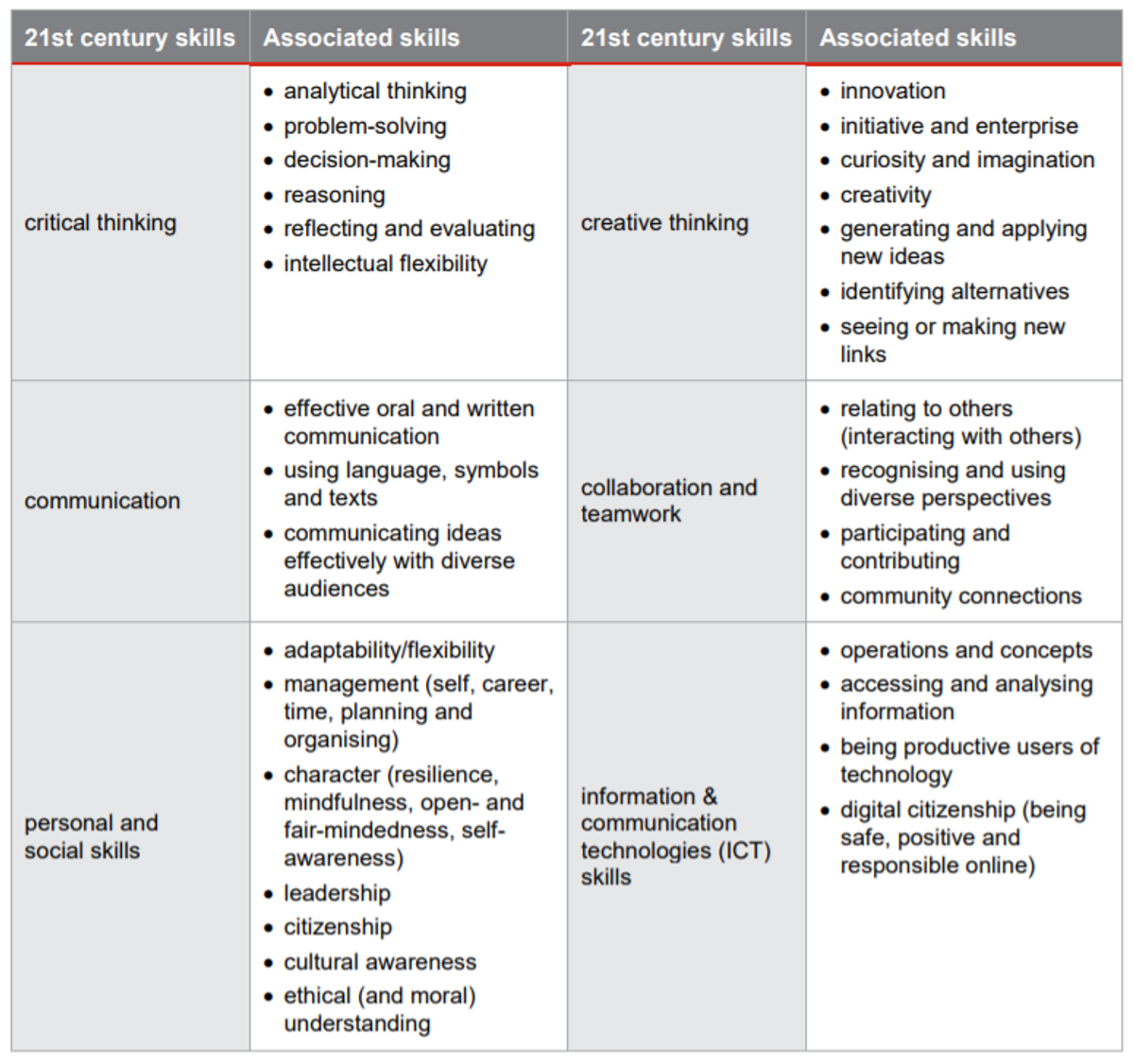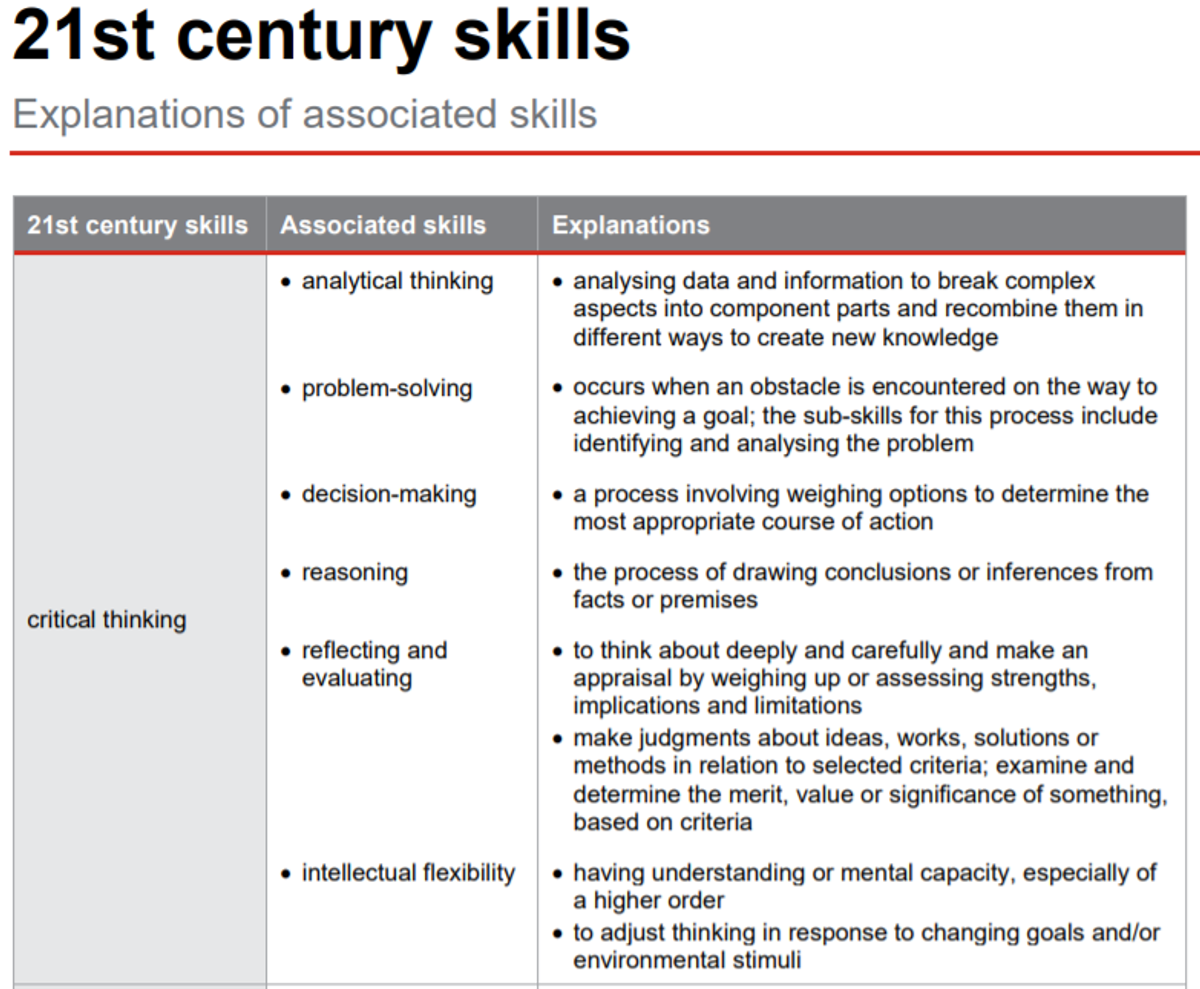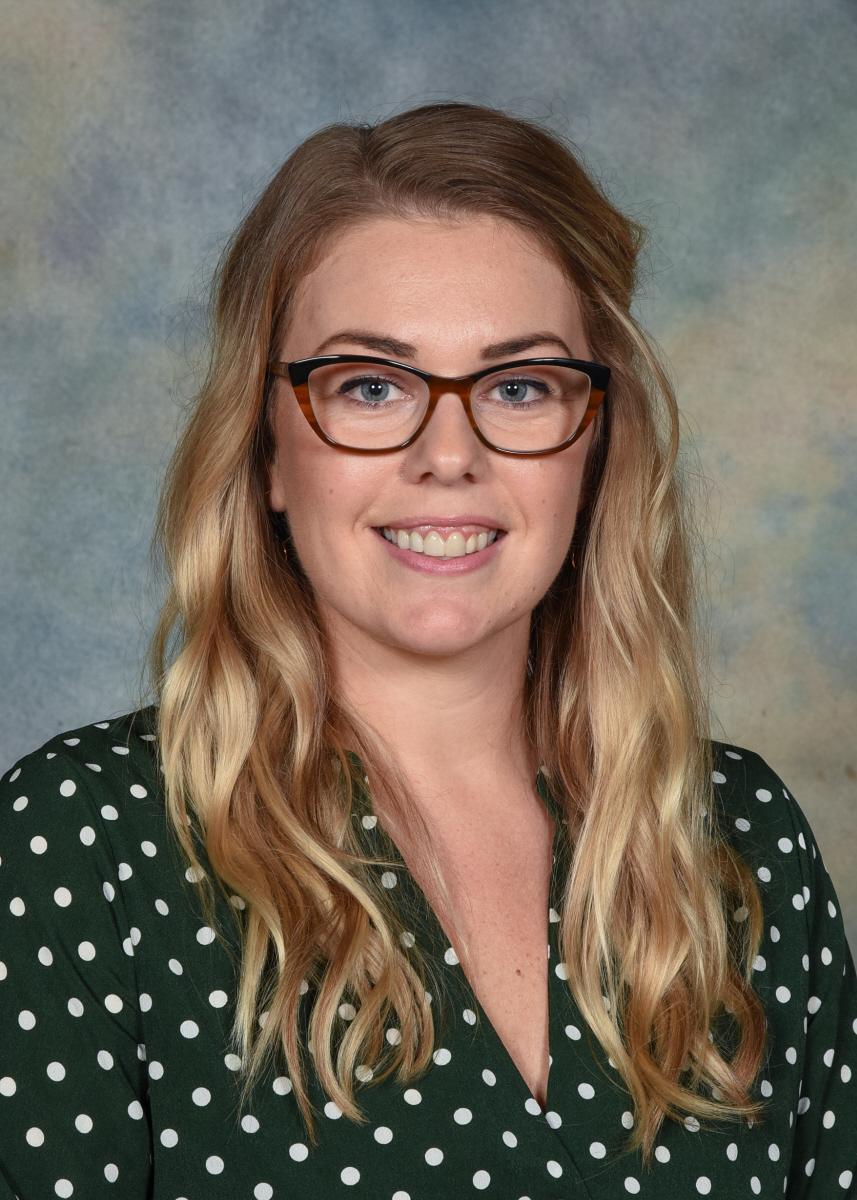Learning Area Advisor - Languages
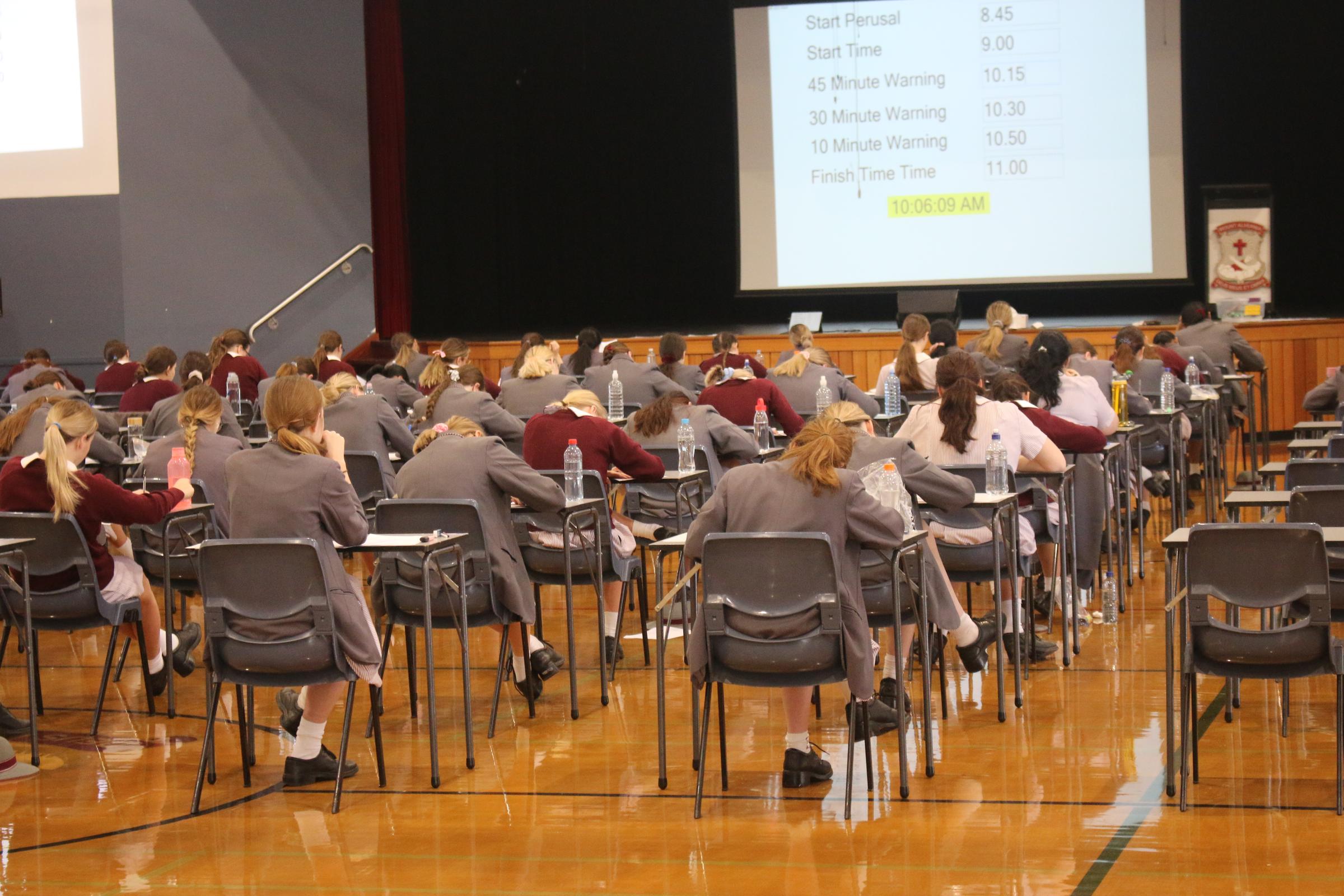
Examinations: A 21st Century Skill
With rapid technological advancements and a demand for workers to have global skills, educational systems have faced much reform throughout the 21st century to ensure that young people are best prepared for success. Australia has undergone much educational reform over the last decade to keep up with the needs of 21st century learners, redesigning curriculum to compliment 21st century skills. As educators, we continue to rethink how to best educate young people today, and we must also consider how best to assess student achievement.
Whilst the notion of exams as a form of assessment may seem archaic and outdated, examinations are still a prominent summative assessment practice within Australia today. In fact, our Year 12 students are days away from sitting their external exam, a new assessment included in the QCE curriculum for the first time in over 50 years. This means that, for the first time this century, all states within Australia will operate under a similar assessment framework. However, the question still remains: do examinations as a form of summative assessment align with the skills required for 21st century learners?
Queensland’s most recent curriculum reform has specifically “identified and defined a set of 21st century skills based on national and international research about the skills students need in the 21st century” which “overlap, interact and build on the general capabilities taught in the Years P–10 Australian Curriculum” (QCAA, 2017). 21st century skills include: critical thinking, creative thinking, communication, collaboration and teamwork, personal and social skills, and information and communication technologies (ICT) skills (Figure 1). It is evident that a wide range of skills are considered vital for 21st century learners.
Figure 1, QCAA 21st Century Skills
Sourced from QCAA, 2017
Although examinations do not allow for all skills to be demonstrated, examinations do provide students with opportunities to use critical thinking skills.
To think critically, students must make a judgement, evaluation, and/or analysis of arguments, using evidence for deductive reasonsing to solve a problem in a synthesised way (Binkley et al., 2012; Lai & Viering, 2012; Lamb, Maire, & Doecke, 2017; Scoular, 2018). To put it simply, critical thinking refers to “the ability to assess the value of a claim or information and come to a conclusion about what to believe or to do about it” (Lamb, Maire, & Doecke, 2017, p. 19). The Australian Curriculum Assessment and Reporting Authority describes critical thinking as the capacity “to generate and evaluate knowledge, clarify concepts and ideas, seek possibilities, consider alternatives and solve problems”, and suggests that “critical thinking is at the core of most intellectual activity” (ACARA, 2020).
The QCAA (2017) also outlines key skills associated with critical thinking (Figure 2). Its explanation of critical thinking skills corroborates the research, explaining that critical thinking requires an analysis of data or information, making judgements about ideas, assessing strengths and implications, and drawing new conclusions.
Figure 2 21st Century Skills – explanations of associated skills
Although examinations have been around for centuries, the practice of assessing the knowledge and understanding of a topic in such a way is more prevalent now than ever within Australia. For weeks, we have been challenging our Year 12 students to study not only the course content, but to apply their knowledge under strict exam conditions, challenging them to think critically. Now that the in-class practice tests, mock examinations, and revision homework has come to fruition, it’s time for our students to flourish as young 21st century learners.
Knowing that they are well armed with the skills needed to succeed, we wish all our Year 12 students the best of luck as they complete their final examinations over the upcoming weeks.
Sarah Porchak
References
ACARA, A. C. (2020, April). General capabilities. Retrieved from Australian Curriculum: https://www.australiancurriculum.edu.au/f-10-curriculum/general-capabilities/
Binkley, M., Erstad, O., Herman, J., & Raizen, S. (2012). Chapter 2: Defining Twenty-First Century Skills. In P. Griffin, B. McGaw, & E. Care, Assessment and Teaching of 21st Century Skills (pp. 17-67).
Lai, E. R., & Viering, M. (2012). Assessing 21st Century Skills: Integrating Research Findings.
Lamb, S., Maire, Q., & Doecke, E. (2017). Key Skills for the 21st Century: an evidence-based review. VIC: Centre for International Research on Education Systems (CIRES).
QCAA, Q. C. (2017, September). 21st cenutry skills for senior curriculum: a position paper. Retrieved from Senior Secondary : https://www.qcaa.qld.edu.au/downloads/senior/snr_syll_redev_21st_century_skills_position_paper.pdf
Scoular, C. (2018). Equipping teachers with tools to assess and teach general capabilities.
'Research conference 2018 : teaching practices that make a difference : insights from research : proceedings and program
, (pp. 76-82).
